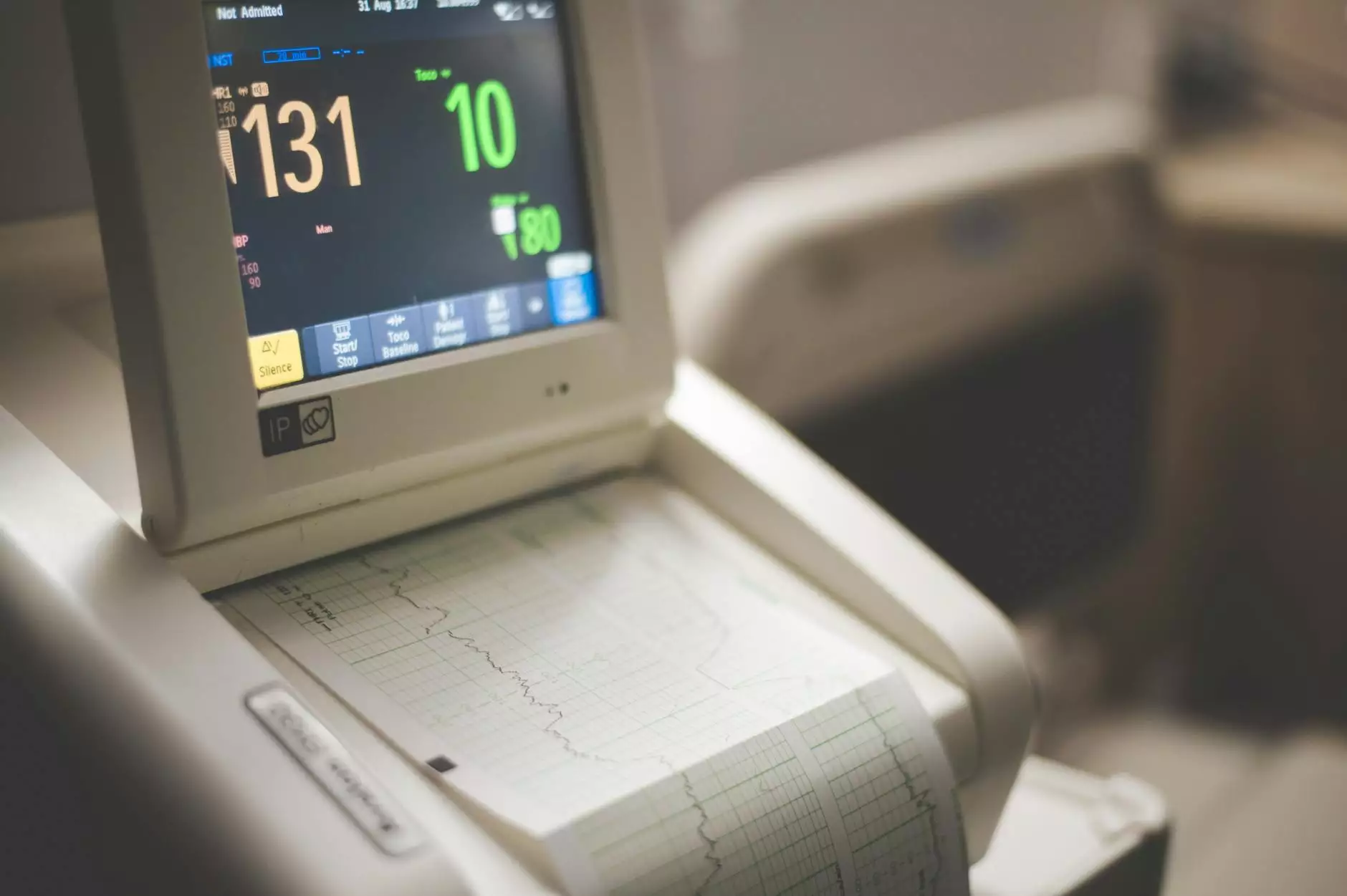The Importance of Abdominal Aortic Aneurysm Ultrasound in Vascular Medicine

In the realm of health and medical diagnostics, the abdominal aortic aneurysm ultrasound has emerged as a pivotal tool in identifying and monitoring one of the more insidious cardiovascular conditions that can affect individuals as they age. This article delves deep into what an abdominal aortic aneurysm (AAA) is, how ultrasound technology works in this context, and why it is crucial for doctors and patients alike.
What is an Abdominal Aortic Aneurysm (AAA)?
An abdominal aortic aneurysm refers to a localized enlargement of the abdominal aorta, the largest artery in the body that carries blood from the heart to the lower body. When the wall of the aorta weakens, it can result in a bulge, which may be life-threatening if it ruptures. The AAA often develops silently, without any noticeable symptoms, which is why regular ultrasound screenings are critical.
The Role of Ultrasound in Diagnosing AAA
Ultrasound technology uses high-frequency sound waves to create images of the inside of the body. The abdominal aortic aneurysm ultrasound is a non-invasive method that allows physicians to visualize the size and shape of the aorta and assess any potential aneurysms. This imaging technique is preferred due to its safety, cost-effectiveness, and the ability to provide real-time images without the need for radiation.
How is Abdominal Aortic Aneurysm Ultrasound Performed?
The procedure for an abdominal aortic aneurysm ultrasound is straightforward:
- Preparation: Patients may be asked to avoid eating or drinking for a few hours before the test.
- Positioning: The patient lies down on a comfortable examination table.
- Gel Application: A gel is applied to the abdomen to help transducer movement and improve image quality.
- Imaging: A transducer is moved over the abdomen, capturing high-resolution images of the aorta.
This process typically takes less than 30 minutes, and patients can return to their normal activities immediately after.
Why is AAA Ultrasound Important?
Screening for abdominal aortic aneurysms is crucial because:
- Early Detection: Catching an aneurysm before it ruptures can mean the difference between life and death.
- Monitoring: In cases where an aneurysm is found, ultrasounds allow for regular monitoring of its size and growth.
- Guiding Treatment: Results can guide doctors in making informed decisions about surgical intervention if necessary.
Risk Factors for Abdominal Aortic Aneurysms
While anyone can develop an AAA, certain factors increase risk:
- Age: Men over 65 are at higher risk.
- Family History: A family history of aneurysms can increase the likelihood of developing one.
- Smoking: Tobacco use greatly increases the risk.
- Hypertension and Arteriosclerosis: High blood pressure and hardening of the arteries are significant contributing factors.
FAQs About Abdominal Aortic Aneurysm Ultrasound
1. How often should I get an abdominal aortic aneurysm ultrasound?
The frequency of ultrasounds depends on individual risk factors and the presence of any detected aneurysms. For high-risk patients, annual screenings may be recommended.
2. What does it mean if my ultrasound shows an abdominal aortic aneurysm?
It indicates that you have a bulge in your aorta, which requires monitoring and possibly treatment depending on its size and growth rate.
3. Are there any preparations required for the ultrasound?
Generally, patients are advised to fast for a few hours before the ultrasound to ensure optimal imaging results.
Treatment Options for Abdominal Aortic Aneurysms
Treatment for an AAA varies based on the size and growth of the aneurysm:
- Monitoring: Small aneurysms may only require regular ultrasounds to monitor growth.
- Surgical Repair: Larger or rapidly growing aneurysms often necessitate surgical intervention. This can include open surgery or endovascular repair.
Conclusion: The Lifesaving Benefits of Abdominal Aortic Aneurysm Ultrasound
In summary, the abdominal aortic aneurysm ultrasound is an indispensable tool in vascular medicine that plays a vital role in early detection and management of AAA. By identifying this dangerous condition before it leads to catastrophic outcomes, patients can receive timely interventions that can extend and improve their quality of life. Ensuring regular screenings, particularly for those at heightened risk, is a simple yet effective step towards better vascular health. For more information and to schedule an ultrasound, visit trufflesveinspecialists.com.









